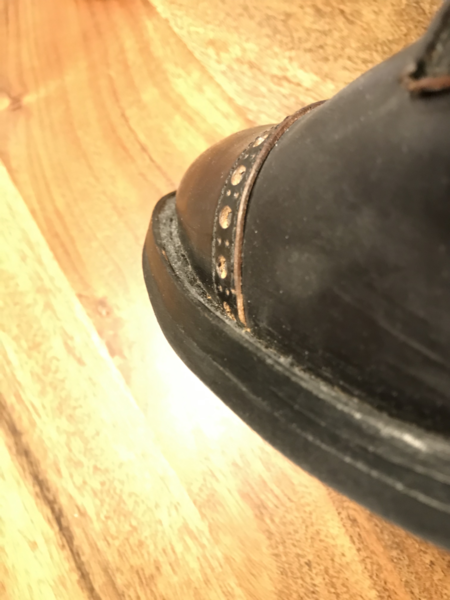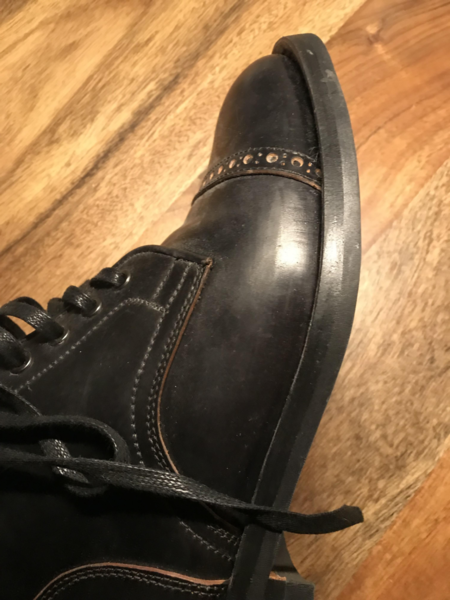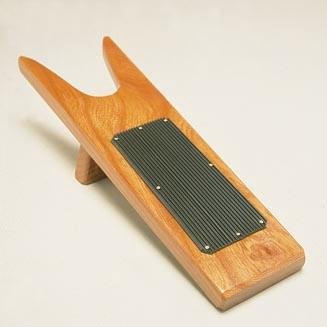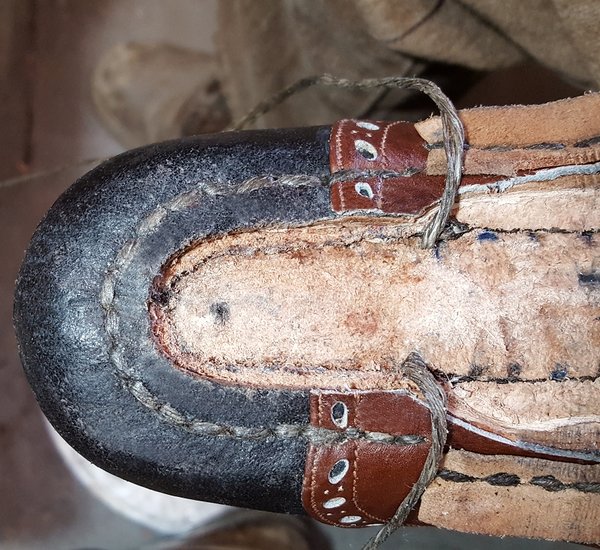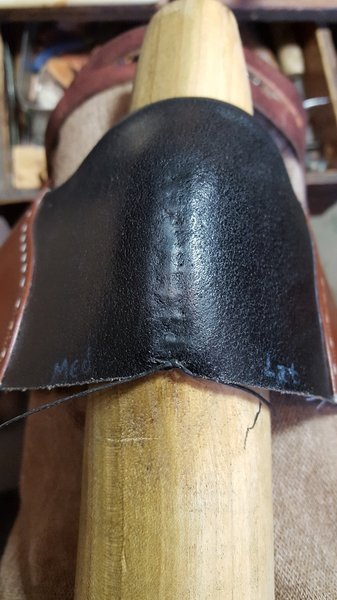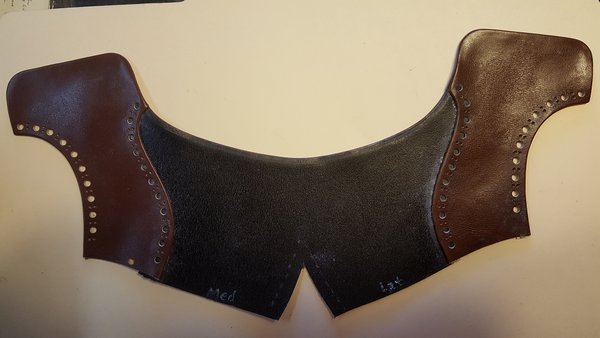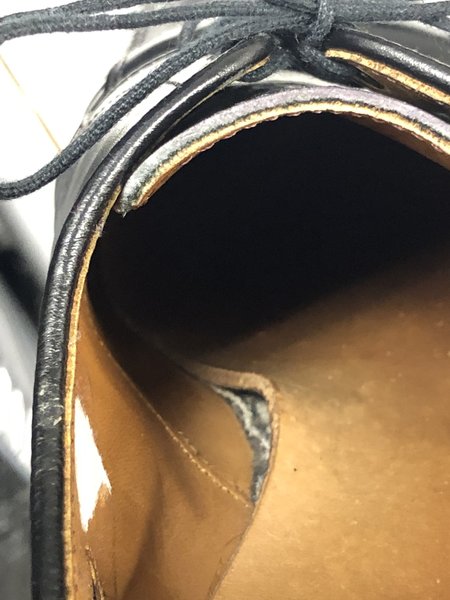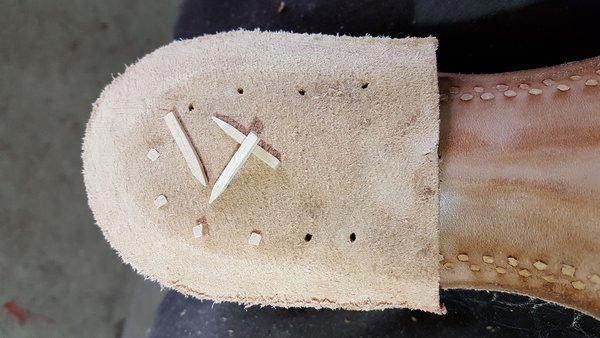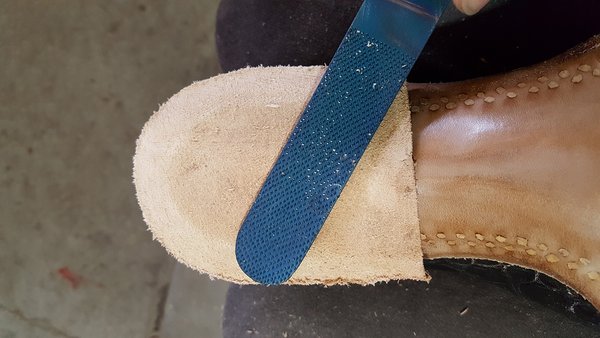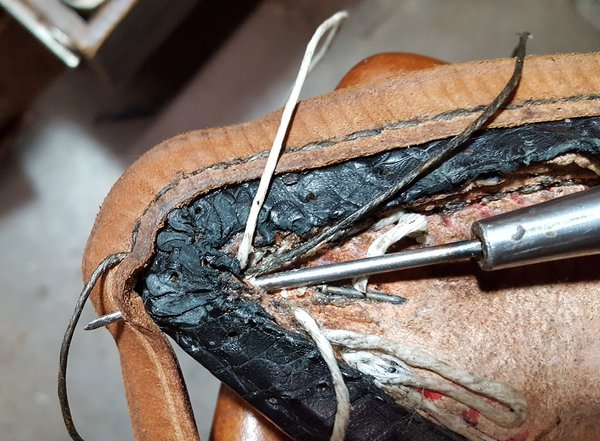Zapasman
Distinguished Member
- Joined
- Oct 2, 2014
- Messages
- 3,725
- Reaction score
- 2,920
Hi DW and other experts, I would like to know why shoemakers/cordwainers don´t use really thick rubber heel taps on most of their shoes?. I hate to see some of my shoes mounting a thin rubber heel cover that I have to replace every two years or so. Why don´t you insert thicker ones for the benefit of clients?. Is it just a matter of aesthetics for each model?.
Thanks.

Thanks.

